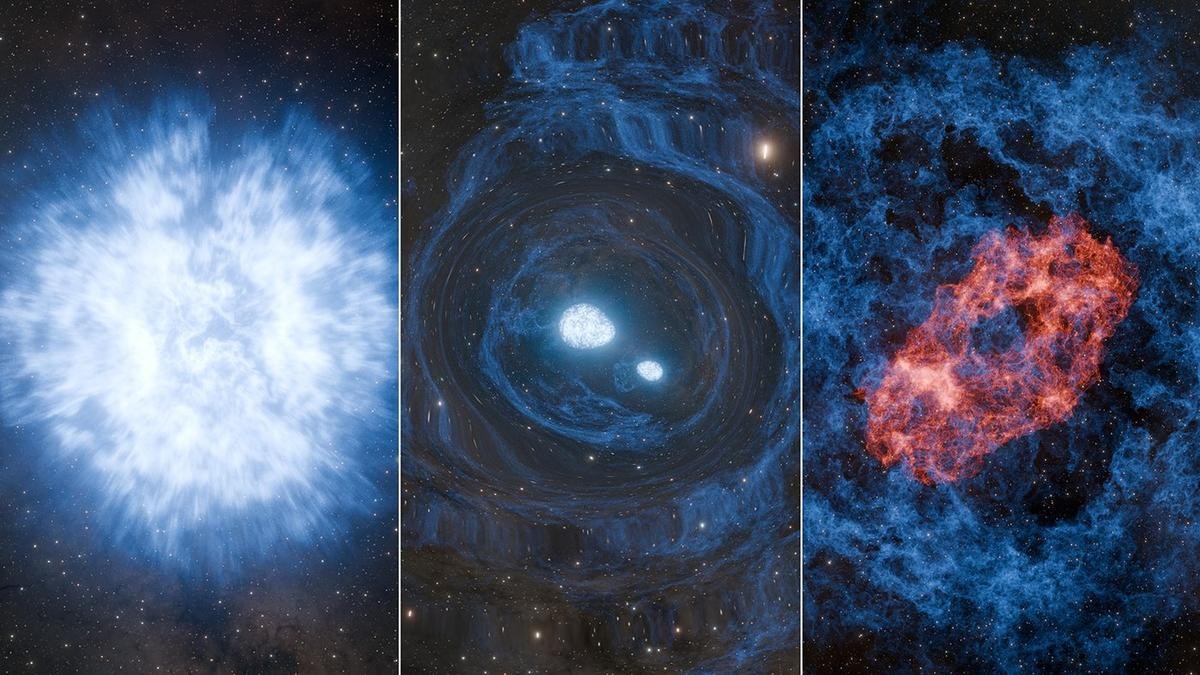



Researchers at the University of Jyväskylä, with IIT Roorkee’s theoretical support, detect proton emission from astatine-188, the heaviest proton emitter, with a 190-microsecond half-life. Produced via fusion-evaporation, 188At decays into polonium-187. This rare process, studied for Henna Kokkonen’s thesis, advances nuclear physics.

Copyright infringement not intended
Picture Courtesy: THE HINDU
An international team of scientists, led by researchers at the University of Jyväskylä in Finland, has successfully detected and characterized the decay of astatine-188 (¹⁸⁸At).
Radioactive decay is the process by which an unstable atomic nucleus loses energy by emitting radiation. The most common forms of decay involve the emission of alpha particles (two protons and two neutrons), beta particles (electrons or positrons), and gamma rays (high-energy photons).
Astatine (symbol: At, atomic number: 85) is a highly radioactive element, it is the heaviest known member of the halogen group (Group 17), which also includes fluorine, chlorine, bromine, and iodine.
Its extreme rarity and intense radioactivity make it one of the least understood elements, with much of its properties assumed through theoretical calculations and comparisons with its lighter halogens
Key Features
Astatine is the rarest naturally occurring element on Earth. It is estimated that the total amount of astatine in the Earth's crust at any given moment is less than one gram.
It has no stable isotopes. All of its 41 known isotopes, with mass numbers ranging from 188 to 229, are radioactive. They decay rapidly into other elements, with the longest-lived isotope, astatine-210, having a half-life of only 8.1 hours.
Astatine is not found as a primary element. Instead, it exists transiently as a decay product of heavier radioactive elements like uranium and thorium. Its short half-life means it vanishes almost as soon as it is formed.
Due to the small quantities ever produced and its intense radioactivity, the bulk properties of astatine have not been directly observed. However, scientists predict it to be a dense, dark-colored or black solid at room temperature.
|
The isotope astatine-211 (²¹¹At) for cancer treatment. When attached to a molecule that specifically targets cancer cells (like a monoclonal antibody), it can be delivered directly to a tumor. |
Source:
|
PRACTICE QUESTION Q. Which one of the following is correct about the term “half-life”: A) The time required for a quantity of substance to double its initial value. B) The rate at which a substance decays. C) The time required for a quantity of substance to reduce to half of its initial value. D) The total time it takes for a substance to completely decay. Answer: C Explanation: The term "half-life" refers to the time it takes for half of a radioactive substance's unstable nuclei to decay. It is the time required for any quantity of a substance to be reduced to half of its initial value. |









© 2026 iasgyan. All right reserved